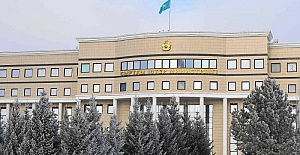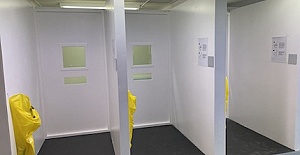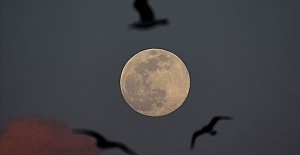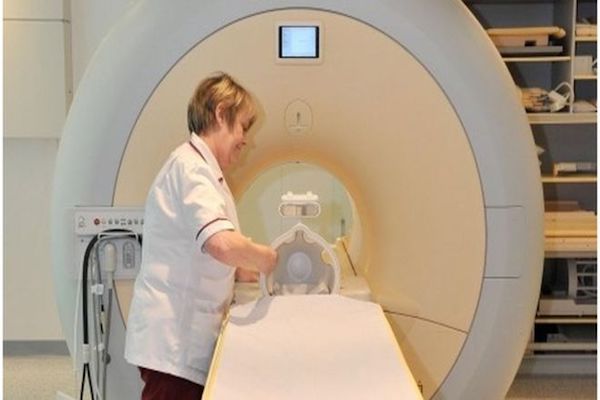Analysis of powdered samples drilled out from inside an ancient and once water-soaked rock at the rover's Gale Crater landing site show clays, sulfates and other minerals that are all key to life, scientists told reporters at NASA headquarters in Washington and on a conference call on Tuesday. The water that once flowed through the area, known as Yellowknife Bay, was likely drinkable, said Curiosity's lead scientist John Grotzinger, who is with the California Institute of Technology. The analysis stopped short of a confirmation of organics, which are key to most Earth-like life. But with 17 months left in the rover's primary mission, scientists said they expect to delve further into that question. Science operations currently are suspended because of a computer glitch, which is expected to be resolved this week. Whether or not Mars has or ever had life, it should have at one time at least had organic compounds delivered to its surface by organic-rich comets and asteroids. Finding places where the organics could have been preserved, however, is a much trickier prospect than finding the environmental niches and chemistry needed to support life, scientists said.
In May, following a one-month interruption of radio communications caused by the positions of Earth and Mars, scientists plan to drill a second hole into the Gale Crater rock to look for organic compounds.
"If there was organic material there, it could have been preserved," said David Blake, principal investigator for Curiosity's Chemistry and Mineralogy, or CheMin, experiment.
A lack of organics, however, would not rule out the Yellowknife Bay site as suitable for life, scientists added.
"You don't have to have carbon present in a geological environment that's habitable in order to have microbial metabolism occur," Grotzinger said.
Some micro-organisms on Earth, for example, can feed on inorganic compounds, such as what are found inside rocks.
"There does need to be a source of carbon somewhere, but if it's just CO2 (carbon dioxide), you can have chemoautotrophic organisms that literally feed on rocks and they will metabolize and generate organic compounds based on that carbon," Grotzinger said.
'Building blocks for life'
Analysis shows the Gale Crater rock contains carbon dioxide, in addition to hydrogen, oxygen, phosphorus, sulfur and nitrogen.
Carbon dioxide provides a key ingredient in the building blocks for life, all of which have now been found in the Mars rock sample, Grotzinger said.
The $2.5 billion, nuclear-powered Curiosity rover landed inside the giant Gale Crater impact basin, located near the Martian equator, on Aug. 6 for a two-year mission.
Scientists were drawn to the area because of a three-mile (5-km) mountain of sediment, called Mount Sharp, rising from the crater floor. But shortly after the rover's landing, the team decided to first explore the Yellowknife Bay area, located in the opposite direction from Mount Sharp.
Observations from Mars orbiters showed three different types of terrain coming together in Yellowknife Bay, plus a low elevation, all hints that water could have once flowed and pooled on the surface.
That hunch was verified with the first chemical analysis of material drilled out from inside what appears to be a slab of bedrock, named John Klein, after a mission manager who died in 2011. Scientists don't know the rock's age, nor how it formed. They suspect, however, that the John Klein rock is at least 3 billion years old and that it spent enough time in non-acidic and not-too-salty water for various telltale clays and minerals to form.
"This rock, quite frankly, looks like a typical thing that we would get on Earth," Grotzinger said. "The key thing here is this is an environment that microbes could have lived in and maybe even prospered in."
The habitable conditions in Yellowknife Bay appear to roughly coincide within a couple of hundred million years of the first evidence for life on Earth.
"On Earth, finding organics in very, very ancient rocks is a difficult proposition," said Paul Mahaffy, principal investigator for Curiosity's Sample Analysis at Mars, or SAM, instrument.
Finding organics on Mars may be even more challenging. Without much protection from an atmosphere, ultraviolet and cosmic radiation can destroy organics. Mars also apparently is covered with chemicals, known as perchlorates, that consume organics.
"The search for organic carbon is an issue for this mission and you want to do this as deliberately as possible. You don't just want to wander around and try stuff out," Grotzinger said.
Knowing that Mars at least had the ingredients for life, however, makes the search for organics more viable.
"This is not a simple problem, but I think the mission is up to it and we're really excited to get started on that now," Grotzinger said.
Mars had the right stuff for life, scientists find
NASA's rover Curiosity landed on Mars to assess if the planet most like Earth had the ingredients for life
14 Mart 2013 Perşembe 01:30
reads.
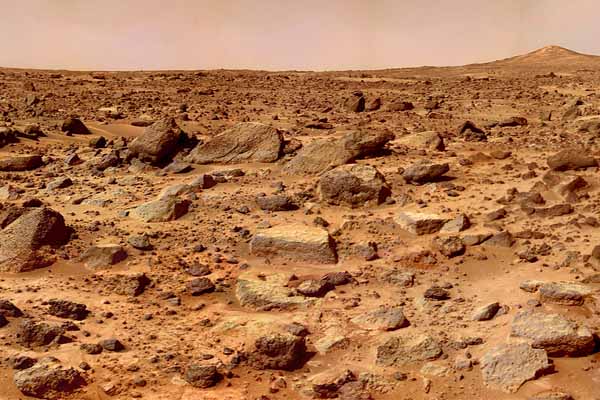


 After Nesil Caliskan a by-election will be held in Jubilee ward in Enfield
After Nesil Caliskan a by-election will be held in Jubilee ward in Enfield Publishing the analysis, Labour’s Cllr Ergin Erbil said Everybody in Enfield deserves basic rights
Publishing the analysis, Labour’s Cllr Ergin Erbil said Everybody in Enfield deserves basic rights Gaza-Israel conflict Statement from Cllr Ergin Erbil, Leader of Enfield Council
Gaza-Israel conflict Statement from Cllr Ergin Erbil, Leader of Enfield Council Cllr Ergin Erbil was elected as the new Leader of Enfield Council
Cllr Ergin Erbil was elected as the new Leader of Enfield Council London aging faster than any other UK city, study reveals
London aging faster than any other UK city, study reveals Cold weather health alerts issued ahead of snow
Cold weather health alerts issued ahead of snow London defies weather with spectacular fireworks display to ring in 2025
London defies weather with spectacular fireworks display to ring in 2025 Alim Karaca, who hosted Bill Gates, Jeff Bezos, Trump, talked about Fethiye
Alim Karaca, who hosted Bill Gates, Jeff Bezos, Trump, talked about Fethiye Footballers are celebrating after Enfield Council officially opened a pitch
Footballers are celebrating after Enfield Council officially opened a pitch  Pep Guardiola's Manchester City beaten by Juventus
Pep Guardiola's Manchester City beaten by Juventus Chelsea to meet Arsenal in Sunday's London derby
Chelsea to meet Arsenal in Sunday's London derby Fenerbahce vs Manchester United Predicted line-ups! Jose Mourinho faces former side
Fenerbahce vs Manchester United Predicted line-ups! Jose Mourinho faces former side The transformational Elizabeth line reaches 500 million passenger journeys
The transformational Elizabeth line reaches 500 million passenger journeys HMRC DELAYS AGENT SERVICES ACCOUNT APPROVALS
HMRC DELAYS AGENT SERVICES ACCOUNT APPROVALS UK economy had zero growth between July and September
UK economy had zero growth between July and September Shape the future of housing services with The Enfield 500
Shape the future of housing services with The Enfield 500





